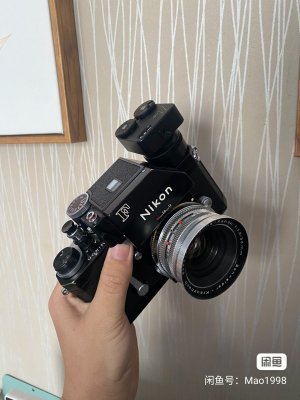xayraa33
rangefinder user and fancier

A History of the Xenon Lens
A thorough look at the Xenon camera lens, with focus on its creation, history, use, and legacy, with sample photos and buying guide.
 casualphotophile.com
casualphotophile.com




